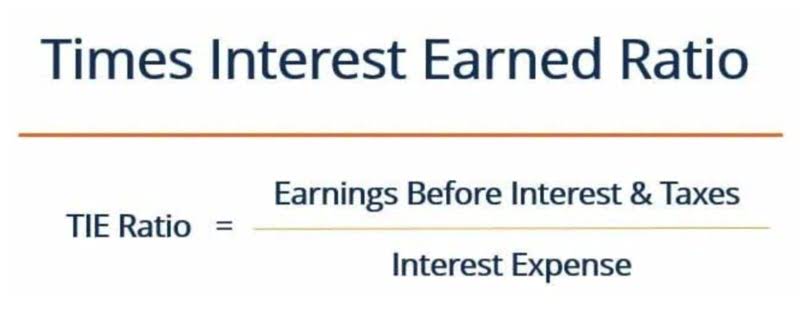Audit Procedures Types Assertions

Rights and obligations assertion examines whether an entity holds legal rights to its assets and has obligations for its liabilities. Misstatements may arise from improper classification of leases or failure to disclose contingent liabilities. The second type, related to presentation, confirms that all have been presented clearly in https://rohamaaksa.org/what-is-construction-in-progress-cip-accounting-2/ such a manner that helps understand the information contained in the financial statements. It benefits almost all the stakeholders, including analysts, regulators, investors, and creditors. These assertions play an important role in a company’s trustworthiness, performance, and financial health, allowing informed decisions on investment by investors. Jasmin had asserted the existence and evaluation of the firm’s products to make them presented fairly.
Categories of Financial Audit Assertions

9/ AU sec. 333, Management Representations, establishes requirements regarding written management representations, including confirmation of management responses to oral inquiries. Financial statements are of limited utility if they’re not readily understood by stakeholders. Let’s take a payroll closer look at each of the different assertion types and how they work.
What is Internal Audit Department? (Responsibilities and More)
In this instance, for example procedures performed at the inventory count which provide evidence of existence and completeness of inventory would not be relevant. Accuracy, valuation and allocation – means that amounts at which assets, liabilities and equity interests are valued, recorded and disclosed are all appropriate. The reference to allocation refers to matters such as the inclusion of appropriate overhead amounts into inventory valuation.
Make Your Audit Assertions with Confidence

It assists auditors to know the area where the statements may have been misstated. Consequently, auditors design suitable testing procedures for confirming these assertions through financial statement assertions audit. They may use the procedures, namely risk assessment and further audit procedures containing control tests and substantive procedures for authenticating the assertions. As you consider the significant account balances, transaction areas, and disclosures, specify the relevant assertions. So you can determine the risk of material misstatement for each and create responses.
- For example, auditors may use a re-performance audit procedure in the test of controls on the bank reconciliation procedure that the client already has done.
- Auditors should confirm that the assets recorded on the balance sheet actually exist and the transactions in the income statement actually took place.
- For example, an auditor may reperform calculations on invoices to ensure whether they are accurate.
- Ensuring accuracy is vital for maintaining the integrity of financial data and preventing errors that could mislead stakeholders.
- An example of testing the cut-off is reviewing the expense transactions around year-end, e.g. ten days before year-end and after year-end.
- Ensuring the existence of reported items helps prevent the inclusion of fictitious assets or understated liabilities, thereby providing a more accurate picture of the company’s financial position.
- Your financial statements are your promise or your assertion that everything contained in those statements is accurate.
- For example, accounts payable notes payable and interest payable are all considered payables, but they are all very separate entities and should be reported as such.
- Any errors discovered related to this assertion may lead to audit adjustments, restatements, or even concerns about internal control weaknesses.
- For example, if a balance sheet indicates inventory on hand for $10,000, it is the job of the auditor to verify its existence.
- 1/ Auditing Standard No. 14, Evaluating Audit Results, establishes requirements regarding evaluating whether sufficient appropriate evidence has been obtained.
- This often involves physical inspections, confirmations with third parties, and reviewing documentation.
The main concerns in the controls of expenses are authorization accounting assertions audit and segregation of duties. Good internal controls should have proper authorization and segregation of duties in the control cycle for expenses from requesting for goods or services to the payment for goods or services. It is useful to note that the depreciation method and the estimate of fixed assets’ useful life that the client use will directly impact on both the balance and the income statement. In this case, an understatement of depreciation will result in an overstatement of both fixed assets and net profit, and vice versa. When accounting for environmental and other related contingencies, adequate disclosure is crucial because the criteria for recording a liability are frequently not present.
- For instance, the whole inventory is valued, and nothing goes unexamined or unaccounted for.
- The rapid advancement of technology has also transformed business operations and the audit landscape.
- As you consider the significant account balances, transaction areas, and disclosures, specify the relevant assertions.
- The Financial Accounting Standards Board requires publicly traded companies to complete financial statements.
- The risk assessment for valuation, existence, rights and obligations, completeness, and all other assertions are high.
- Likewise, the whole financial statements may be materially misstated due to the over or undervaluation of the inventory.
#4 – Accuracy & Valuation
A core technique is tracing, which involves following a transaction from its source document forward to its inclusion in the financial statements. For example, an auditor might select a sample of vendor invoices or shipping documents and trace them to the accounts payable ledger and the general ledger to confirm they were recorded. Risk of material misstatement is the risk that the material misstatement can occur on financial statements and the internal controls can’t prevent or detect it. Assertions are a crucial part of the financial audit process, providing a framework for auditors to evaluate the reliability of financial statements. They help ensure that financial statements present a true and fair view of an organization’s financial position. There are five types of financial audit assertions that auditors rely on to ensure the accuracy and integrity of financial statements.

Occurrence
It is about how much confidence auditors should gather to rely on the company’s systems. The findings here are not only about what’s wrong—but also about how the company would even know if something went wrong in the first place. However, under PCAOB audit standards, the spotlight shines brighter on how internal controls support each assertion—especially in the context of ICFR (Internal Control over Financial Reporting). A key step in ensuring accuracy is conducting a thorough analysis of potential risks or errors that could impact the validity of the assertion.

Regular reconciliations are another internal control for ensuring completeness. This involves comparing balances from two different sources to identify discrepancies. For example, a company’s accounting staff will reconcile the cash balance in the general ledger with the balance shown on the bank statement. This process can uncover unrecorded checks or deposits, which can then be properly accounted for. A company can implement various internal controls to build completeness into its accounting processes, reducing the risk of omissions. Purchase orders, checks, and sales invoices are assigned consecutive numbers, and the sequence is periodically reviewed to account for every document.

